Microsoft Teams has become an indispensable tool for organizations to collaborate and communicate effectively. One way to enhance team engagement is by creating polls within Teams. Polls can help gather opinions, make decisions, or just have a bit of fun with your colleagues. While Teams doesn't have a built-in poll feature, you can create polls using integrated apps like Polly and Microsoft Forms.
Create a Poll Using the Polly App
The Polly app is a versatile tool that allows both free and subscription-based Microsoft Teams users to create polls easily. Here's how you can use Polly to create a poll in Teams.
Step 1: Open the Teams channel where you want to create the poll. Click on the Messaging Extensions (three dots) below the message box.
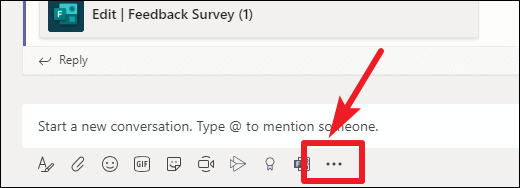
Step 2: Search for Polly in the apps list and click the Add button to install it for your account. This will allow you to create polls using Polly within Teams.
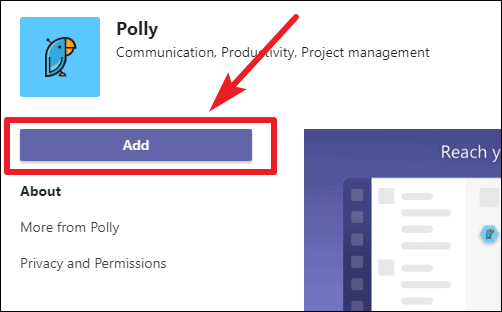
Step 3: To make Polly accessible to all team members, add it as a tab in the channel. Click on the + icon next to the existing tabs.

Step 4: Search for Polly in the tab gallery and click Add. Then, click Save to confirm adding it as a tab.
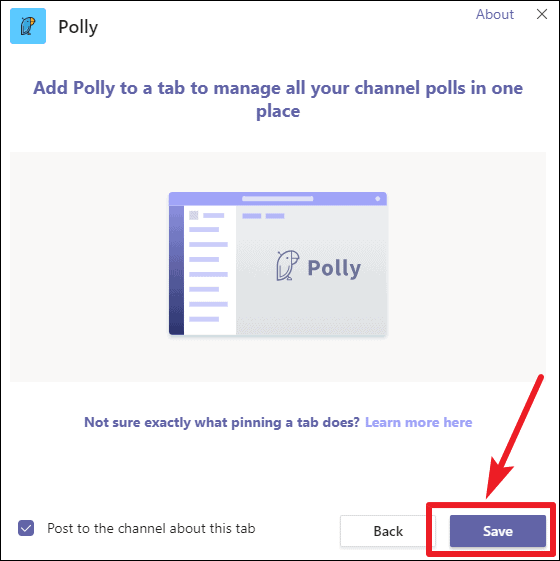
Step 5: Sign in to Polly with your Microsoft account and grant the necessary permissions. If you're the organization owner, you can consent on behalf of all users.
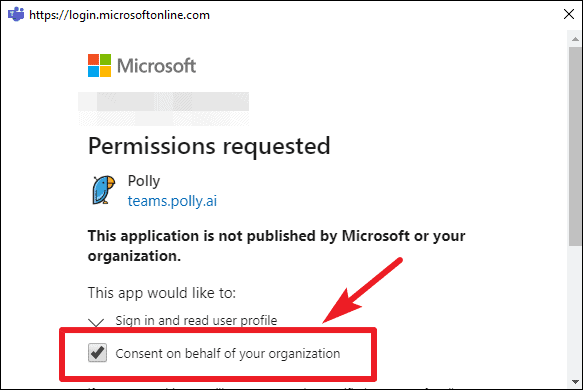
Step 6: To create a poll, click on the Create button in the Polly tab.
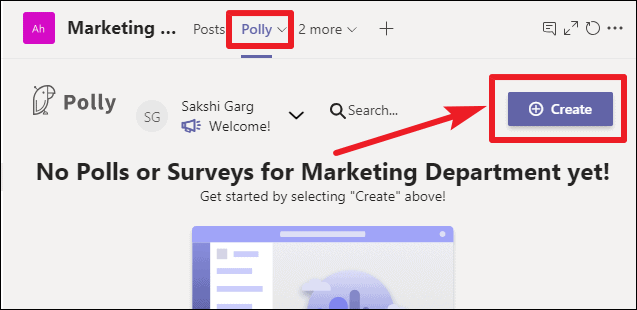
Step 7: If you're using Polly from the message box, click on the Polly icon below the message box to open the poll creation window.

Step 8: Enter your poll question and at least two answer choices. You can add more options by clicking Add Choice. Adjust the settings for anonymity and result visibility according to your preferences. Click Preview when you're ready.
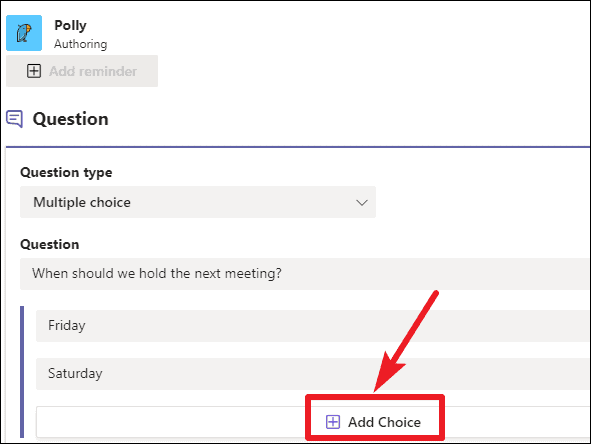
Step 9: Review the poll preview. If everything looks good, click Send to post the poll to the channel. If you need to make changes, click Edit.
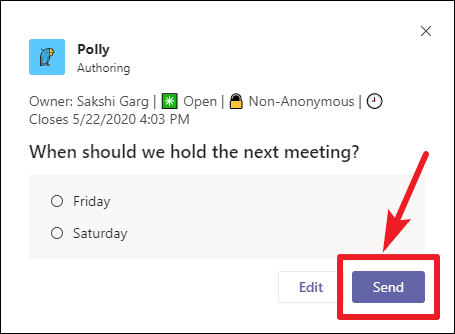
The poll will appear in the channel, and team members can vote and see the results based on the settings you chose.
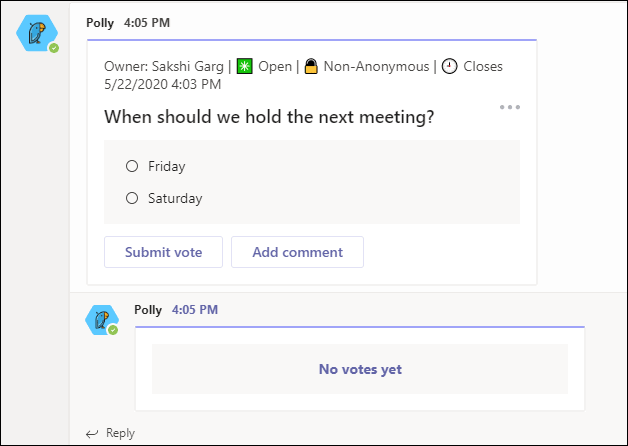
Create a Poll Using Microsoft Forms
Microsoft Forms is another tool integrated with Teams that allows you to create polls. Note that Microsoft Forms is only available to Teams users with a Microsoft 365 Business subscription.
Step 1: In the channel or chat where you want to create the poll, click on the Messaging Extensions (three dots) below the message box.

Step 2: Select Forms from the list. If it's not visible, search for it.
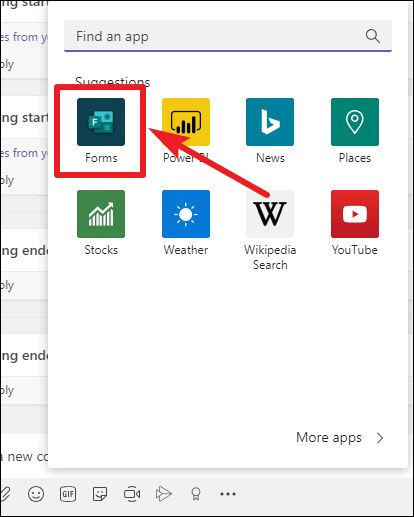
Step 3: In the Forms window, enter your poll question and options. To add more choices, click Add Option. If you want respondents to select multiple answers, toggle on Multiple Answers. Click Next when you're done.
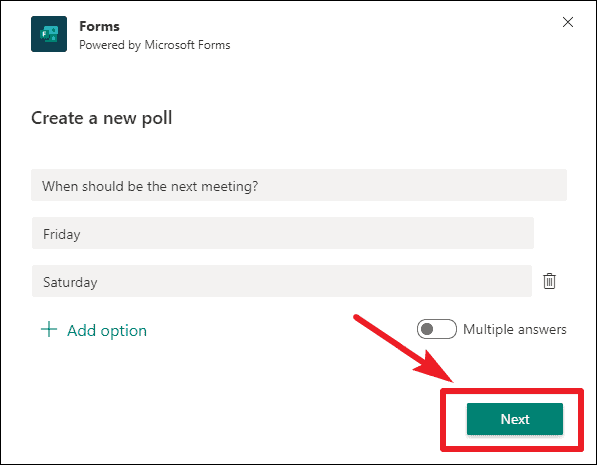
Step 4: Preview your poll. If you need to make changes, click Edit. Otherwise, click Send to post the poll to the channel or chat.
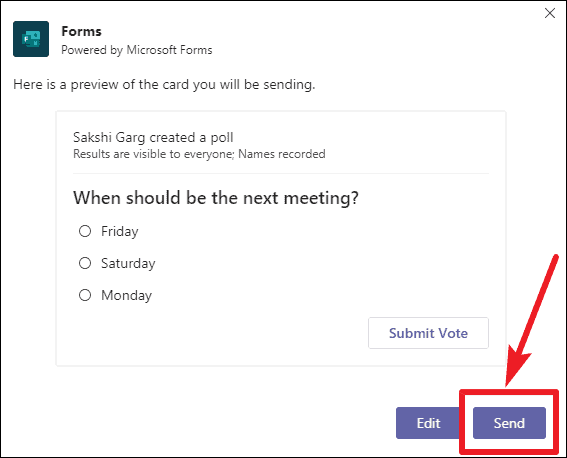
The poll will be posted, and team members can submit their responses. The results will be displayed in real-time.
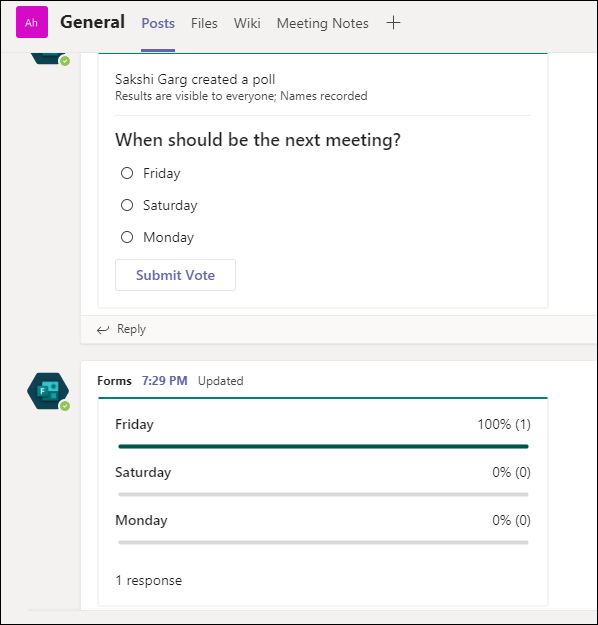
Viewing Responses by Name
Although the poll results are visible in Teams, they do not show who voted for which option. To view detailed responses, including names, follow these steps.
Step 1: Visit forms.microsoft.com and sign in with your Microsoft account.
Step 2: Under My forms, select the poll you created.
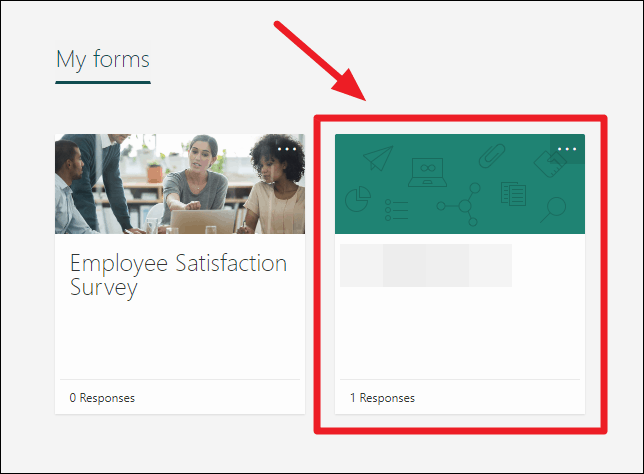
Step 3: Go to the Responses tab to see an overview of the results.

Step 4: Click on View results or Review answers to see individual responses.

You can also export the results to Excel by clicking Open in Excel.
Create a Collaborative Poll with Microsoft Forms
If you want to create a poll collaboratively with your team, Microsoft Forms allows you to do that as well. This is useful when multiple team members need to contribute to the poll questions.
Step 1: In the desired channel, click on the + icon to add a new tab.

Step 2: Add Forms from the list of available apps.
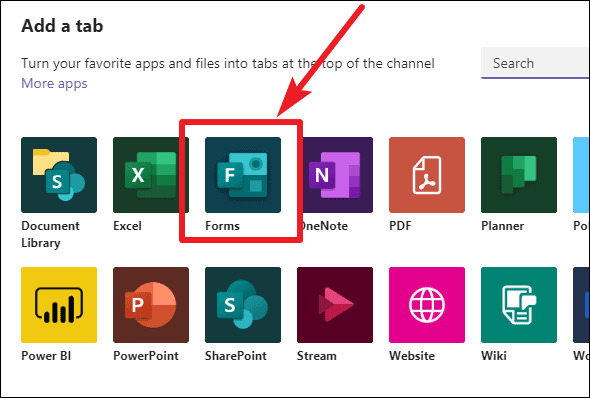
Step 3: Choose to Create a shared form that your team can edit or Add an existing form to collaborate on. Enter a name for the form and click Save.

Step 4: Once the form is added as a tab, team members can add questions by clicking Add New under the Questions section. Changes are saved automatically.
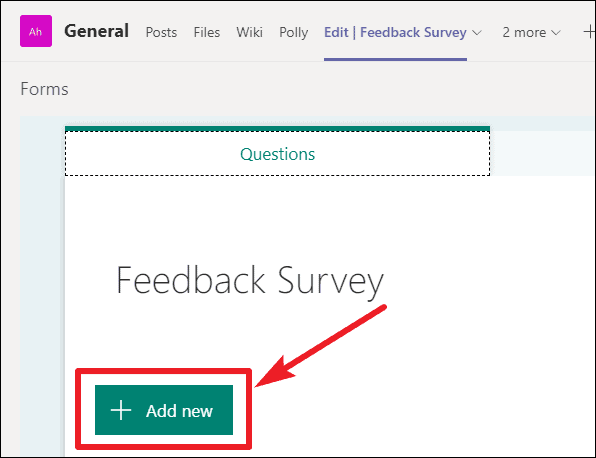
Step 5: When the poll is ready, click Share to collect responses. Choose whether only people in your organization can respond or anyone with the link.
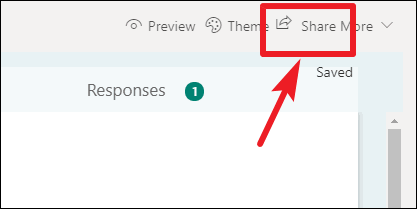
Step 6: Share the link with participants. Responses will appear in the Responses tab of the form, visible to all collaborators.
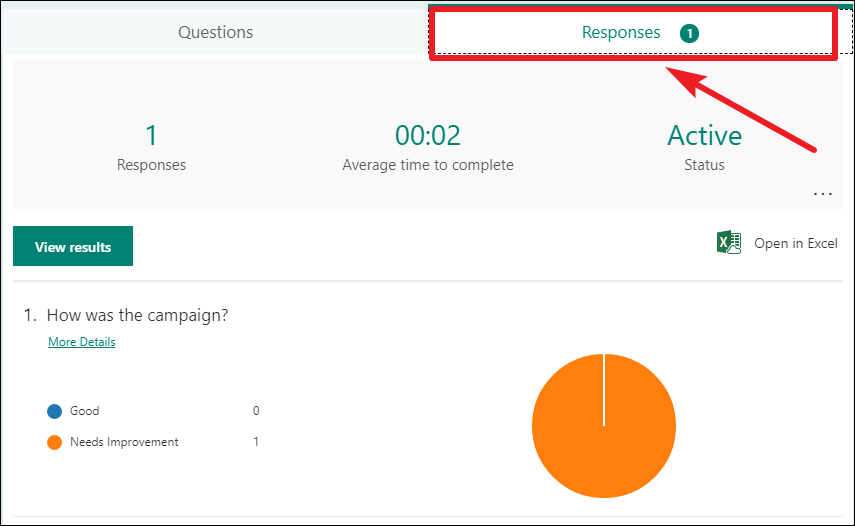
Creating polls in Microsoft Teams is a great way to engage with your team, gather feedback, and make collaborative decisions. Whether you use the Polly app or Microsoft Forms, both tools offer unique features to meet your polling needs within Teams.










Member discussion